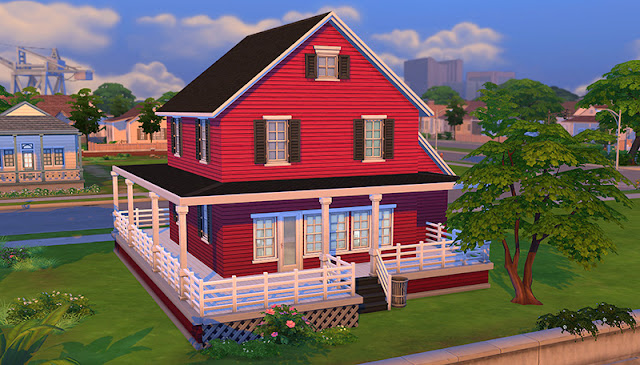

More importantly, it was a game that appealed to both genders. It was an endless, kooky, virtual dollhouse game that played out differently every time. Unpredictable things could happen - a Sim could abruptly die in a fire while cooking breakfast or be abducted by an alien while stargazing. Sims also needed to get jobs, exercise, and socialize to stay happy. Instead of killing things, players had to tend to their Sims' mundane needs, such as going to the bathroom, taking a shower, eating, and sleeping. It was an oddball life simulator, in which players customized avatars ("Sims") to live daily lives in fully customizable houses. That's why The Sims was such a surprise hit when it arrived that year. Let's take a closer look at why The Sims has remained so popular over the years, and if EA can keep itself from tipping over this cash cow.īack in 2000, Valve's shooter Half-Life, Activision Blizzard 's ( ATVI -2.70%) dungeon crawler Diablo II, and real-time strategy hit Starcraft defined PC gaming. Yet despite the arguably incremental improvements between its main installments, The Sims remains one of the most popular video game franchises in the world, with global sales totaling over 175 million.

In fact, the biggest evolution of the franchise occurred between the original game and its 2004 sequel, which made the transition from an isometric view to full 3D. The Sims 3 wasn't even a big step up from The Sims 2, which arrived nearly a decade ago. But on the other hand, The Sims 4 didn't look all that different from The Sims 3, which was released in 2009. 2.ĮA's demo revealed a greater degree of customization for characters, deeper personality traits, and a wider variety of interactions between characters than its predecessors. The eagerly anticipated title will be released for Microsoft ( MSFT -1.27%) Windows on Sept.

Electronic Arts ( EA -1.52%) recently revealed a demo for The Sims 4, the latest chapter of the 14-year-old life simulation franchise, at E3.


 0 kommentar(er)
0 kommentar(er)
